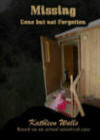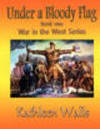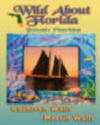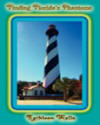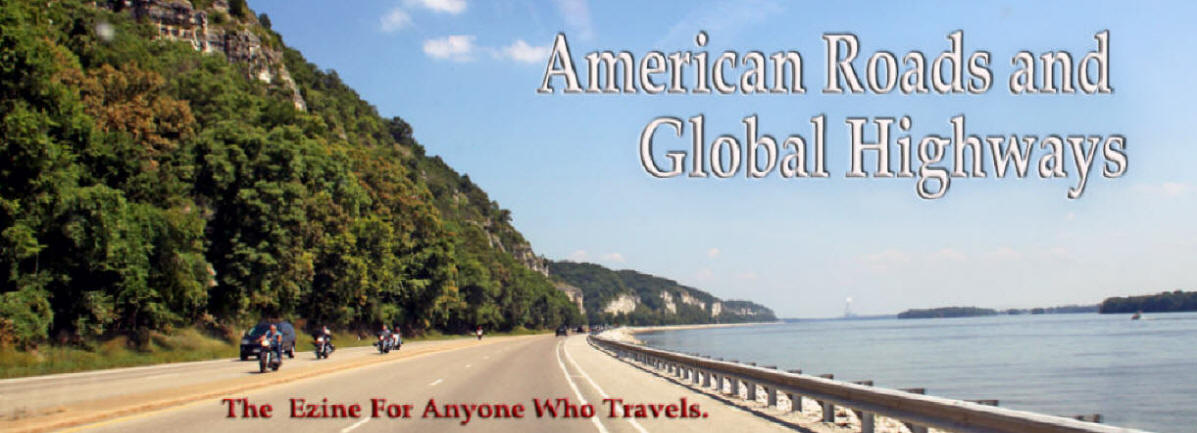
|
|
|
|
|
|
|
|
|

The right factory tour can be a ton of fun and a great learning experience. One of the right ones is the Julius Sturgis Pretzel Bakery in Lititz, Pennsylvania. It isn't a long tour, at just under a half hour (tours are offered every half hour). However, the bakery is located in the middle of Pennsylvania Dutch Country, with plenty of other attractions to fill out a day. The claim is that in 1861 Julius Sturgis opened America's first commercial pretzel bakery in Lititz. More than 150 years later the Sturgis family continues to make pretzels, and the original bakery is now used to give visitors a unique view into the history of pretzel making in America.
It is a family-friendly tour, with a hands-on lesson in pretzel twisting, background on historic baking tools and techniques, and getting to see bakers hand twist the old-fashioned soft pretzels that are baked on-site. You can taste the results of that 150+ years of pretzel-baking heritage in the bakery store, which also offers delicious varieties of hard pretzels baked at the company's modern facility near Reading, PA. One of the interesting background details included in the tour is the standard pretzel shape. The twisted knot shape is well-displayed throughout the bakery, including a giant pretzel at the front of the bakery. On the tour you will learn how to twist a pretzel, and if you qualify, earn an "Official Pretzel Twister" certification, providing you with a valuable employment credential. The pretzel twisting process is quite interesting. You will be given a clod of dough to begin the training. The dough is rolled until a long strip is formed. The strip of dough is formed into an upside down "U," then the two sides are twisted over each other, and then twisted one more time. The bottom twist is brought up to the top twist, and that forms a pretzel. It is easier than it sounds. It must be, as both of us earned the certification.
The tour includes a description of the whole pretzel making technique, from early times until today. The basic ingredients of a pretzel are flour, yeast, and water. These were mixed to create the dough. The dough was then kneaded using a specialized table called a dough break. A dough break resembles a quarter of a circular table, snuggly fit into the corner of a room. After kneading, the dough was placed in dough trays until it had risen.
Then the dough was moved to the twisting table where it was cut into small pieces, each just enough for a pretzel. The twisting table contained groves that aided in forming the small bits of dough into long strips. Those strips were twisted as described above. A good pretzel twister could twist 40 pretzels a minute from the already formed strips. In the mid-nineteenth century a pretzel twister would work 60 hours a week and, at the going rate of ten cents per hour, would earn $6.00 per week (half paid in cash and half paid in credit to spend at stores in the town).
Once twisted, the pretzels were placed on boards until they had risen. Then they were dipped into a mixture of straw water and lye; the solution was what gives them their shiny brown color and flavor. The next step was the oven, heated to 550 degrees. After salting, the pretzels were loaded into the oven with a long-handled tool called a peel. The pretzels took about ten minutes to bake. The peel was used again to remove the pretzels from the oven and then they were put on wire mesh trays and taken to the second floor above the ovens to dry, effectively baking them a second time. The upstairs room would be very warm, between 150 and 250 degrees. Drying time would range from two hours to two days, depending on season and humidity. Once dry, the pretzels were ready for packaging and sale. The tour ends with a demonstration of a pretzel twisting machine. Two little "hands" quickly make the necessary motions. After all that manual labor learning how to hand-twist pretzels, it is a very cool ending.
There was much pretzel history and legend
as part of the tour. Pretzel history begins about 610 A.D. in
a European monastery. A monk had some leftover bread dough
that he twisted into a shape resembling a child in prayer and
baked them in the oven. Children, at that time, prayed with
their arms folded over their heart with their hands on their
shoulders. The monks gave the new creation to children as a
treat for saying their prayers or verses well. They were
called "bracellae,” meaning "little arms" in Latin. From that
the Germans got the term "bretzel." On the wall of the bakery is the pretzel baker's coat of arms. The story goes back to 1510 A.D. when the Ottoman Turks attempted to invade Vienna, Austria. Their invasion technique was to dig tunnels under the city walls. They dug at night so no one would hear them. However, the monks made their pretzels during the night and heard the activity. The monks warned the city of the invading enemy and helped thwart the attack. The Austrian emperor gave the pretzel bakers their own coat of arms for their bravery. Today it can be seen on bakery signs in Europe and on the wall of a pretzel bakery in Lititz, Pennsylvania. Author/Photographer.
Tom Straka is an emeritus professor of forestry at Clemson
University. He has an interest in history, forestry and
natural resources, natural history, and the American West. Pat
Straka is a consulting forester and the photographer on most
of their travel articles. They reside in South Carolina, but
have also lived in Mississippi and Virginia. They try to write their articles on
lessor known spots or angles on better known spots, like the
trail leading to a battlefield, rather than the battlefield
itself. Given where they live, they have good access to
Revolutionary and Civil War battlefields, and this is a
favorite topic. For additional information: https://www.history.com/news/the-pretzel-a-twisted-history Thomas, Jill Marie. 2019. Twisted: Mindful Pretzel Consumption (sold at bakery store).
We'd love your comments!
|
American Roads
and | |||||||||||||||||||||||||||||||||||||||||||||||||||||||||||
|
Public Disclosure--
Please Read The FTC has a law requiring web sites to let their readers know if any of the stories are "sponsored" or compensated. We also are to let readers know if any of our links are ads. Most are not. They are just a way to direct you to more information about the article where the link is placed. We also have several ads on our pages. They are clearly marked as ads. I think readers are smart enough to know an ad when they see one but to obey the letter of the law, I am putting this statement here to make sure everyone understands. American Roads and Global Highways may contain affiliate links or ads. Further, as their bios show, most of the feature writers are professional travel writers. As such we are frequently invited on press trips, also called fam trips. On these trips most of our lodging, dining, admissions fees and often plane fare are covered by the city or firm hosting the trip. It is an opportunity to visit places we might not otherwise be able to visit. However, no one tells us what to write about those places. All opinions are 100% those of the author of that feature column. . |
||||||||||||||||||||||||||||||||||||||||||||||||||||||||||||
|
Privacy Policy/ Archives /
Contributors /
Subscribe to
American Roads Books by
Kathleen Walls /
Contact /
Sponsor or Advertise/ American Roads & Global Highways Home Page
|
















